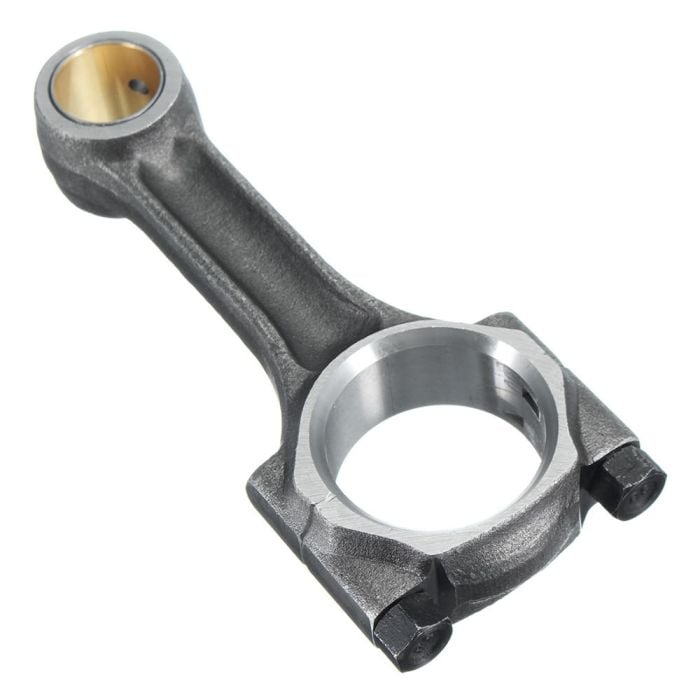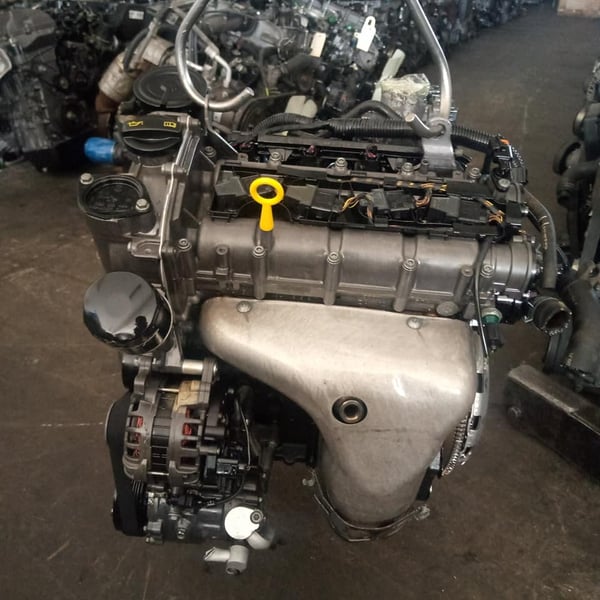Find the best clp engine for your specific needs.
Find the best clp engine for your specific needs.
Blog Article
The Role of a Clp Engine in Revolutionizing Engine Performance and Sustainability
The introduction of CLP engine technology provides a turning point in the vehicle industry, where efficiency and sustainability merge in extraordinary ways. By maximizing combustion procedures and permitting vibrant changes in compression ratios, these engines not only promise enhanced gas effectiveness and reduced emissions yet also difficulty conventional engineering standards. As the sector comes to grips with the pressing requirement for greener options, the implications of taking on CLP modern technology expand much past plain performance metrics. What stays to be seen is exactly how these developments will certainly reshape the future landscape of automotive design and ecological responsibility.
Understanding CLP Engine Technology
As the vehicle sector consistently looks for innovative options to boost efficiency and performance, understanding CLP engine technology ends up being essential. The term CLP stands for Compression-Low Pressure, a sophisticated engine layout that concentrates on maximizing combustion processes and decreasing discharges. This modern technology runs by maintaining a low-pressure environment within the combustion chamber, which assists in an extra full fuel burn and reduces unburned hydrocarbons.
One of the crucial functions of CLP engine innovation is its capacity to change the compression proportion dynamically. This adaptability enables the engine to run efficiently across numerous driving problems, improving fuel economic climate while all at once boosting power outcome. Additionally, CLP engines take advantage of progressed materials and style principles to reduce weight and thermal losses, further contributing to overall performance.
In addition, the combination of digital control systems plays a crucial role in managing the engine's performance parameters. These systems make it possible for real-time modifications to ignition timing and fuel shot, optimizing burning for both power and performance. By comprehending CLP engine technology, stakeholders in the automobile market can much better value its possibility in driving the future of engine design, efficiency, and sustainability.
Performance Enhancements Offered
CLP engine technology supplies substantial efficiency enhancements that set it aside from standard engine designs. Among the main advantages of CLP engines is their capacity to run efficiently across a more comprehensive variety of speeds and tons. This flexibility translates right into enhanced torque shipment and velocity, supplying a much more receptive driving experience.
Furthermore, the sophisticated burning process utilized in CLP engines enhances fuel-air mixing, bring about higher thermal performance. This enhancement not only makes best use of power outcome however likewise reduces energy loss, leading to an engine that performs far better under different problems.
Additionally, the modular architecture of CLP engines enables easier combination with crossbreed systems, intensifying their efficiency potential - clp engine. This adaptability enables manufacturers to make automobiles that cater to consumer needs without compromising agility or power
The accuracy engineering included in CLP modern technology additionally adds to lower rubbing and wear, boosting engine long life and reducing the frequency of upkeep. In general, these other efficiency improvements setting CLP engines as a leading selection in the quest of high-performance, dependable, and functional engine solutions.
Ecological Benefits of CLP Engines
Among one of the most compelling benefits of CLP engines exists in their environmental advantages, which are significantly important in today's vehicle landscape. These engines are designed to enhance gas efficiency, substantially reducing carbon exhausts contrasted to conventional combustion engines. By utilizing advanced combustion strategies and innovative products, CLP engines advertise cleaner exhaust outputs, contributing to enhanced air quality.
In addition, the decrease in gas consumption not only brings Your Domain Name about decrease greenhouse gas emissions yet also preserves important natural deposits. As nonrenewable fuel source reserves decrease, the change in the direction of CLP technology represents a critical action in the direction of sustainability. The engines are usually compatible with different gas, better improving their ecological allure and permitting a diversified power portfolio.
Furthermore, the lightweight design of CLP engines assists reduce automobile weight, which in turn lowers the power needed for propulsion. This causes reduced operational energy intake and a decreased ecological footprint. In summary, CLP engines stand at the forefront of efforts to reduce environment adjustment and advertise lasting techniques in the automotive market, personifying a future where performance and environmental duty are not equally unique.
Contrast With Typical Engines
While typical engines have long dominated the vehicle industry, the intro of CLP innovation offers a substantial change in performance and effectiveness. Standard inner combustion engines mostly depend on gas combustion, which not just restricts thermal effectiveness however additionally adds to higher exhausts. On the other hand, CLP engines employ advanced thermal administration and an one-of-a-kind combustion process, enhancing fuel performance and considerably minimizing greenhouse gas exhausts.
Additionally, traditional engines operate set power contours, which can prevent efficiency in differing driving conditions. CLP engines, nevertheless, are created to adjust their performance dynamically, providing optimum power delivery based upon real-time demands. This adaptability leads to boosted acceleration, responsiveness, and overall driving experience.
Maintenance likewise varies significantly; traditional engines typically require constant oil modifications and element replacements because of put on and tear. clp engine. CLP engines, with less moving parts, assure decreased upkeep needs and longer functional life expectancies

Future Potential Customers and Innovations
As the auto landscape evolves, the future of engine technology is significantly concentrated on advancements that boost efficiency and sustainability. The Clp engine, with its distinct architecture and operational performances, is positioned to play a pivotal function in this makeover. Future advancements may entail improvements in materials science, making it possible for the building and construction of lighter and a lot more durable elements, hence decreasing general vehicle weight and boosting fuel performance.
In addition, the integration of synthetic knowledge and device knowing into engine administration systems is expected to optimize efficiency dynamically, enabling real-time adjustments based upon driving problems. These developments can further minimize exhausts and boost energy use.
Additionally, research into alternative fuels, consisting of hydrogen and biofuels, presents amazing opportunities for Clp engines, straightening efficiency with eco-friendly campaigns. clp engine. As governing frameworks become more stringent, the adoption of such modern technologies will be critical in accomplishing sustainability goals without compromising power
Conclusion

Report this page